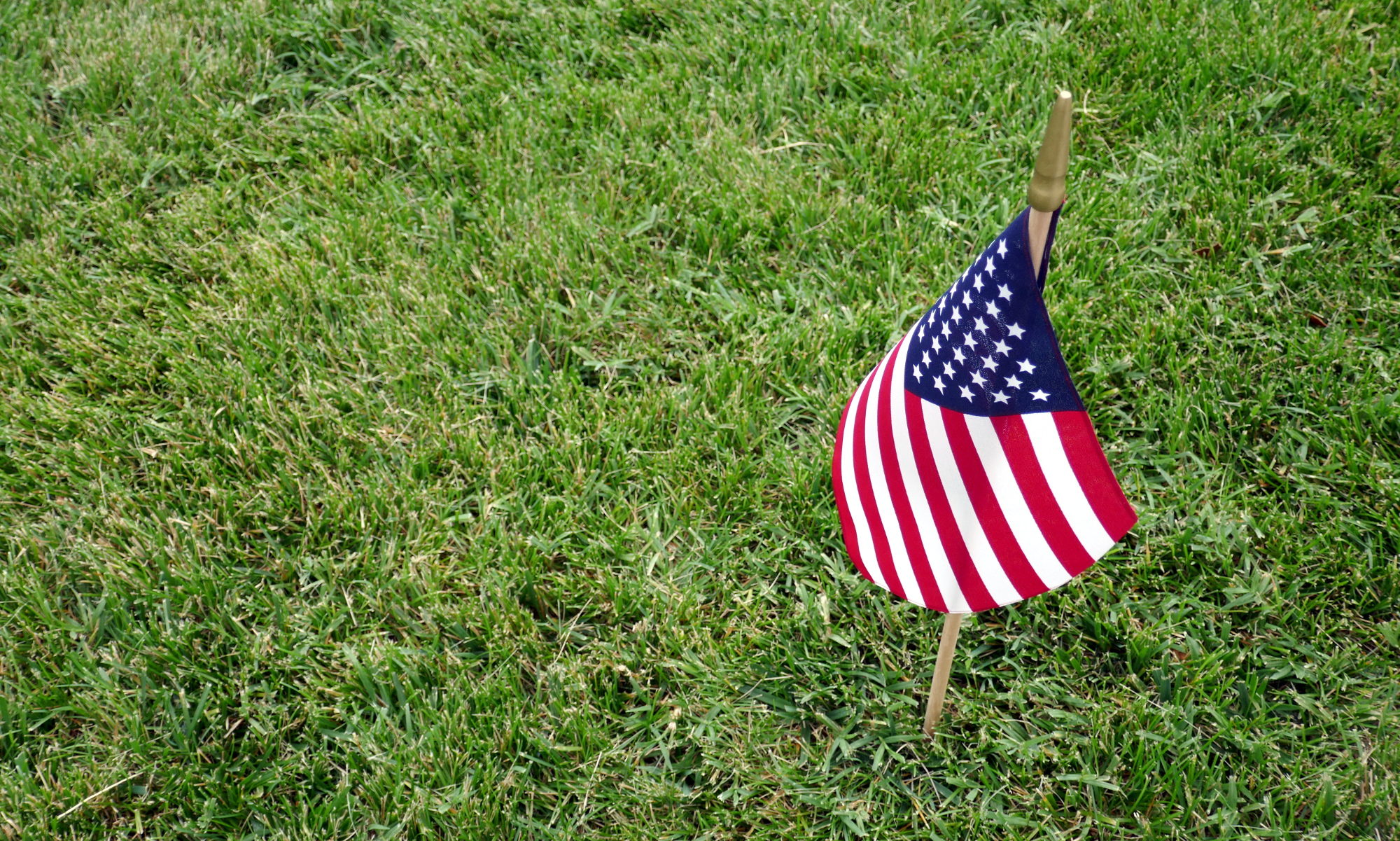by Jonathan Krall
In Alexandria and across the DC area, there is a basic fact that we must not ignore: it is currently impossible, even for a non-profit developer, to build housing for working class families without taking a loss. Thus, we have two types of affordable housing for working class Alexandrians: decaying buildings, where a landlord can make a profit by neglecting maintenance, and designated affordable housing, where the “loss” is covered by public or private subsidies. Recent public debate not only fails to elevate this basic fact, it fails to support the working class people already in our neighborhoods. Do we welcome them? Do we even see them? We say we value diversity, but our actions speak more impactfully than our words.
For example, the Washington Post tells me that “Starbucks is departing Union Station on Sunday while citing safety concerns…” That is the first sentence of the article. The second sentence tells me that crime in Union Station is decreasing. The safety concerns they cite? Houseless people.
Here in Alexandria, where the government is preserving green space by building taller instead of wider, I’ve learned that co-locating affordable housing and a school is a non-starter. It seems that people who live in affordable housing are a “quality of life” concern, even when the purpose of the project is to “provide affordable housing to teachers.”
In an effort to understand this concern, I asked one of my siblings for an opinion. Is it OK to build affordable housing on top of a school? Their reaction? A visceral shake of the head… no. I pointed out that the housing and the school would have separate entrances and that the residents were unlikely to tunnel through the walls or floors to access the school. Still no. They struggled to articulate a reason. Maybe a resident will discharge a gun, they suggested. But that could happen from a house across the street, I countered. They agreed, but… still no.
Who are these frightening people? In “workforce” housing (firefighters, teachers), they are families with jobs, making up to $85,400, which is 60% of the area median income. In “working class” housing, they are families making up to $56,900/year (40% of AMI). These numbers are for a family of 4 with stable employment, as indicated by their documented income. For an individual, AMI is lower. “Deeply affordable” (30% AMI) housing allows a single income up to $29,900, the annual salary of a full-time, $15/hour barista at your favorite coffee shop.
To see what a mix of affordable and market rate housing looks like, one can visit the townhomes near the Charles Houston Recreation Center. Some of the units, which appear to be three-story townhomes, are actually affordable-housing apartments, with one apartment stacked on top of another. This arrangement seems to fit in well with the neighborhood.
As a member of Grassroots Alexandria, I’ve been privileged to sit with Tenants and Workers United and the Legal Aid Justice Center in their discussions with the non-profit Alexandria Housing Development Corporation in support of new affordable housing at Mt Vernon Ave and Glebe Rd. As we worked through the numbers (units, AMI levels, financing), the inability of the free market to provide humane working-class housing became clearer and clearer (the need for working class affordable housing to preserve culturally-valuable Arlandria/Chirilagua also became clearer). When I work with TWU and their supporters toward this shared goal, I see that some of them are working class. I also see that we are all friends and neighbors, working together in community.
And yet, when I sit with my own neighborhood association, the Del Ray Citizens Association, I find them voting against affordable housing. Are we willing to tolerate taller buildings on Mt Vernon Avenue if those buildings include affordable housing? Apparently not.
And so I keep looking for answers. When I sit with my reading group to discuss Matthew Desmond’s Evicted, I see that the working class, “the other America,” is always with us, even when we don’t notice. When I sit with my activist friends, they simply give me a look and say one word: “racism.” I bring up race because, as a white person who wants to achieve progress on civil rights, I am aware of the pervasiveness of systemic, cultural, habitual racism. I am also aware that, when White people openly discuss racism, defenders of the status quo, on the right and the left, feel threatened. This is why White Fragility so often appears on lists of banned books. This is why I won’t shut up about it.
Matthew Desmond’s stories of people struggling to find housing in inhumane conditions show us that, while we all wish to be seen and heard, to be in community, many in the working class make every effort to conceal their poverty. The rest of us, if we notice, politely cooperate in that small shared fiction. For me, that isn’t enough. It isn’t enough to simply tolerate our neighbors. It isn’t even enough to see and hear them. The housing crisis reminds us that we need to welcome each other, to be in community with one another. To be in community is a beautiful thing.


My impression is that most, if not all, of the affordable housing being addressed in Alexandria, and Arlington as well, would respond primarily to the needs of teachers, firefighters, postal workers and other essential service providers who work in these communities but cannot afford to live here, thus fueling long commutes in an era when we are encouraged to curb the costs of transit. This article also reminds me of the peril we create in ignoring the ever widening wealth gap. If we care about a safer, freer society, we owe it to ourselves to make a basic right -a safe and affordable home, available to all.